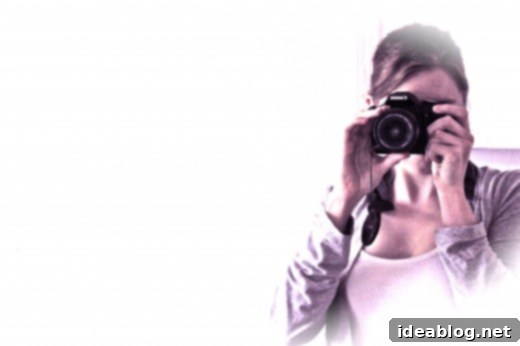Unlocking the Beauty of the Mundane: A Visual Journey Through Everyday Art
In our fast-paced world, it’s easy to overlook the subtle beauty that surrounds us daily. We rush from one task to another, often missing the intricate patterns, intriguing textures, and captivating interplay of light and shadow that define our environment. This afternoon, however, my camera got a significant workout, serving as a powerful tool to pause, observe, and capture these fleeting moments of art in the everyday. It was a delightful reminder that true artistry isn’t confined to galleries or grand landscapes; it thrives in the most unexpected corners of our lives, waiting to be discovered by a keen eye and an open mind.
The essence of “seeing art in the everyday” lies in transforming our perception. It’s about shifting from merely looking to truly seeing, to appreciating the aesthetic qualities inherent in ordinary objects and scenes. A worn-out bench can reveal a story through its weathered surface, a puddle can mirror the sky in an abstract painting, and the mundane act of light filtering through a window can create a dramatic tableau. Photography, in particular, empowers us to frame these moments, isolating them from their busy contexts and elevating them into standalone works of art. It encourages a mindful engagement with our surroundings, fostering a deeper connection to the world we inhabit.
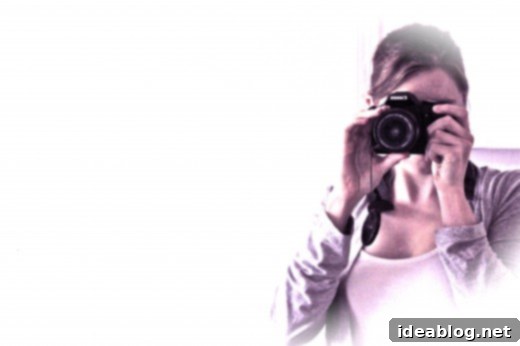
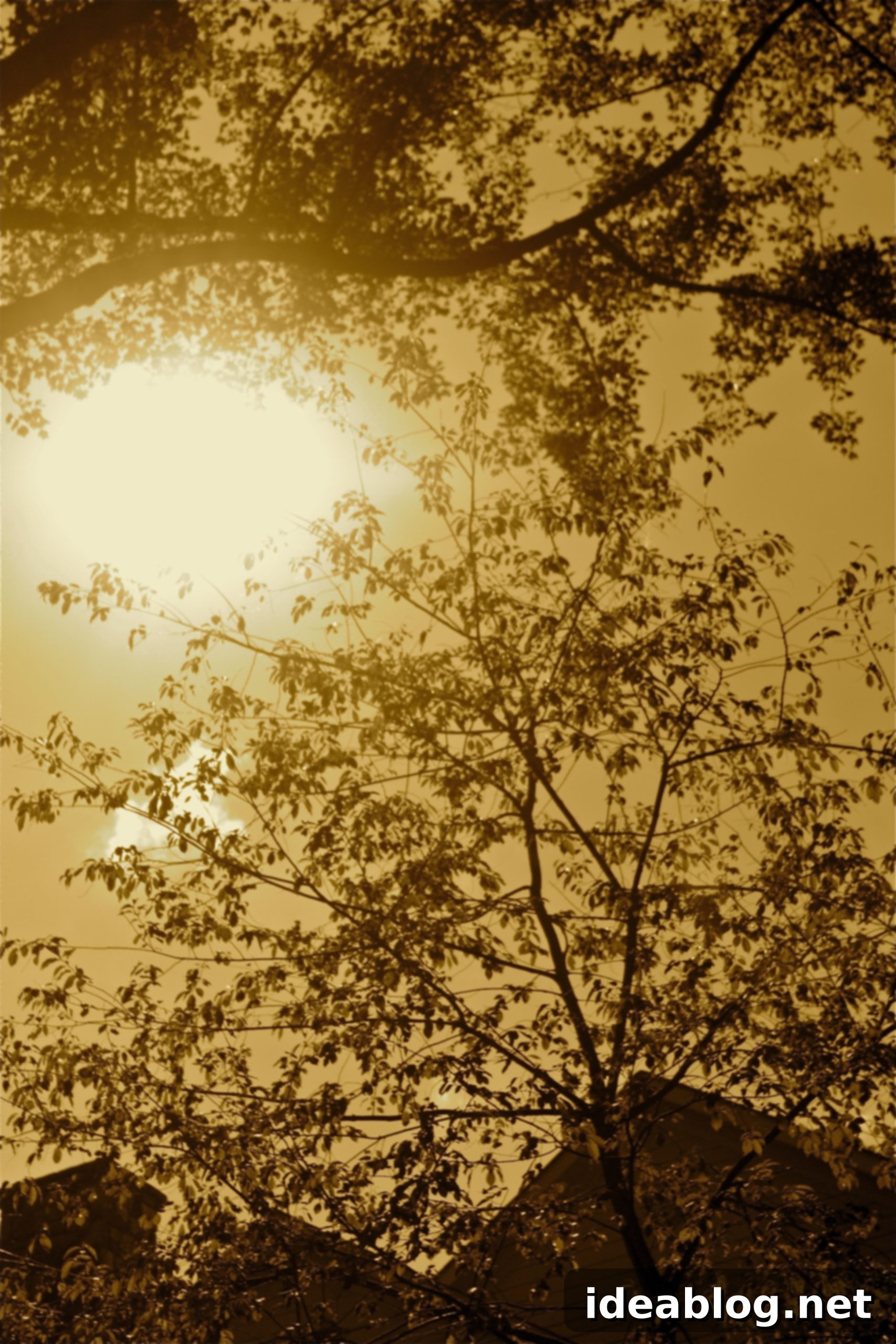
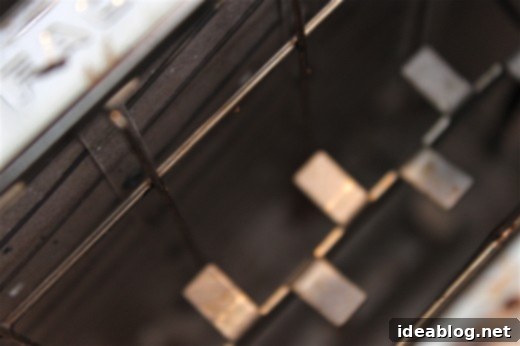
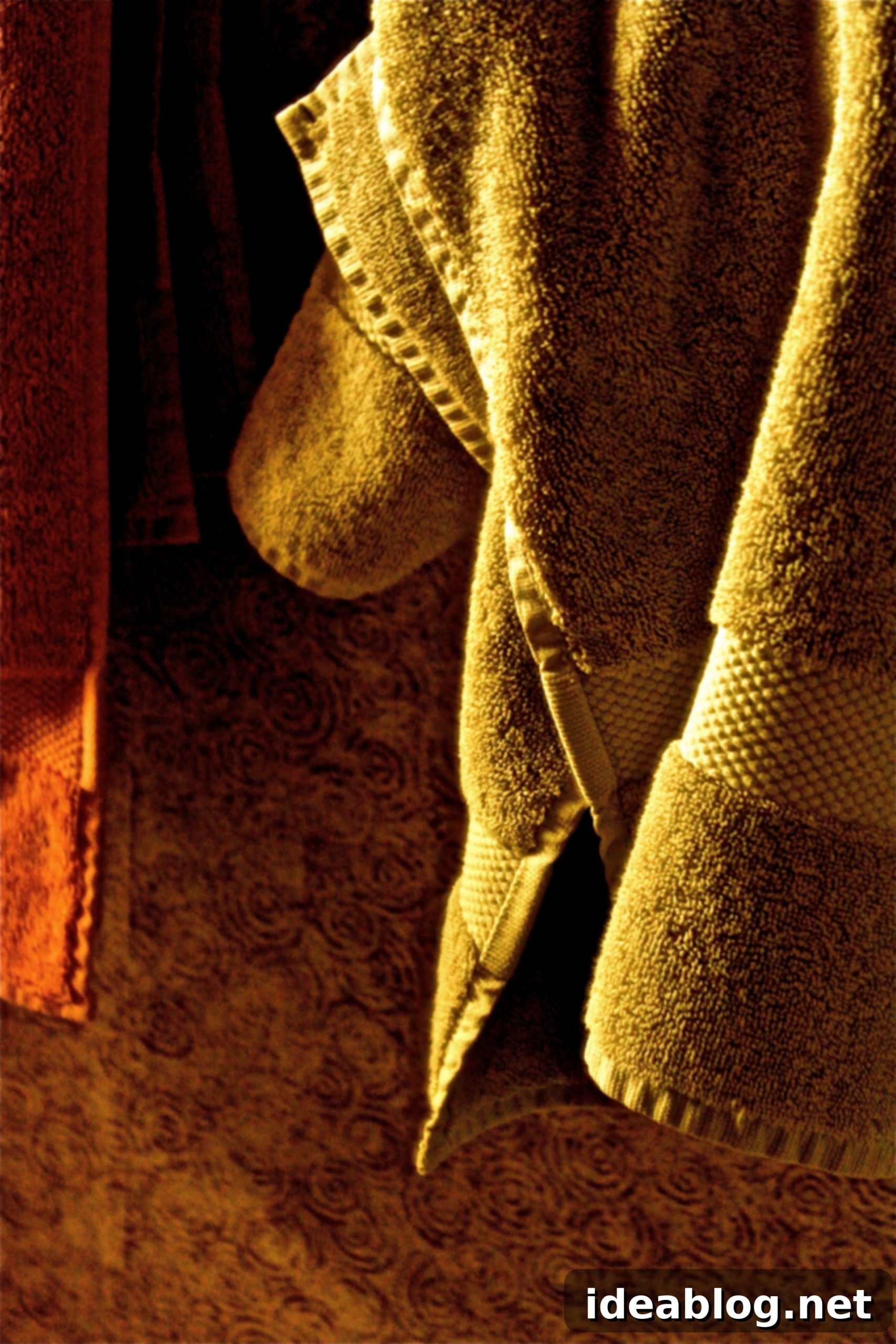

The Art of Observation: Cultivating a Photographer’s Eye
Developing an eye for everyday art is less about technical skill and more about a shift in mindset. It involves slowing down, paying attention to details, and embracing curiosity. Think of your camera, even if it’s just your smartphone, as an extension of your artistic vision. It compels you to notice the way light falls on a surface, the repetition of patterns in architecture, or the unexpected juxtaposition of colors. This practice transforms routine walks into photographic expeditions, mundane errands into opportunities for visual discovery. Each click of the shutter becomes an affirmation of the beauty that often hides in plain sight, enriching our appreciation for our surroundings.
Beyond the Obvious: Finding Abstract Forms and Textures
Many of the most compelling “everyday art” photos are abstract in nature. They don’t necessarily depict recognizable objects in a conventional way but instead focus on forms, lines, textures, and colors. Consider the intricate rust patterns on an old metal gate, the rhythmic repetition of bricks on a wall, or the swirling reflections in a window pane. These elements, when isolated and composed thoughtfully, can create images that evoke emotion and spark imagination, much like a traditional abstract painting. By training ourselves to look for these graphical qualities, we unlock a boundless source of creative inspiration that is constantly available to us.
Furthermore, the play of light and shadow is fundamental to seeing and capturing art. Light sculpts objects, defines textures, and creates mood. Early morning or late afternoon light (often called “golden hour”) can dramatically transform an ordinary scene, casting long shadows and bathing everything in a warm, inviting glow. Conversely, harsh midday light can create strong contrasts and graphic shapes. Learning to observe and anticipate how different lighting conditions affect a scene is a crucial skill for any aspiring photographer of the mundane. It allows us to not just document what is there, but to interpret it in the most visually appealing way.
The Power of Perspective: Transforming the Familiar
One of the easiest ways to find new perspectives in familiar settings is to simply change your viewpoint. Get down low, look up high, peer through an opening, or step back to see the broader context. A sidewalk crack, when photographed from ground level, can become a dramatic canyon. The underside of a bridge can reveal complex geometric patterns. These altered perspectives force us to reconsider objects we’ve seen countless times, revealing hidden dimensions and surprising beauty. It’s an exercise in creative problem-solving, challenging us to present the ordinary in an extraordinary light.
Consider also the power of framing. By carefully composing your shot, you guide the viewer’s eye and emphasize what you deem most artistic. This might involve using natural frames like doorways or branches, or employing compositional rules like the rule of thirds to create balance and interest. A strong composition can turn a simple detail into a captivating image, transforming a mere snapshot into a piece of visual storytelling. It’s not just about what you photograph, but how you choose to present it.
Embracing Imperfection: The Wabi-Sabi of Daily Life
Many photographic artists find inspiration in the concept of Wabi-Sabi, a Japanese aesthetic that embraces imperfection, impermanence, and incompleteness. This philosophy perfectly aligns with finding art in the everyday, as it encourages us to appreciate the beauty of wear, age, and natural processes. A peeling paint, a faded sign, or a cracked pavement are not flaws but rather markers of time and experience, each telling a silent story. By capturing these elements, we celebrate the transient nature of beauty and the unique character that emerges from entropy. This perspective encourages us to look for the narrative within the visual, adding depth to our understanding and appreciation of our surroundings.
Connecting with Your Environment Through Photography
Beyond the artistic output, the practice of seeking out everyday art has profound personal benefits. It encourages mindfulness, forcing us to be present in the moment and observe our surroundings with greater intention. This can be a meditative experience, a quiet respite from the distractions of modern life. It sharpens our senses, making us more attuned to the visual subtleties that we might otherwise filter out. Over time, this heightened awareness can lead to a richer, more appreciative experience of the world, fostering creativity not just in photography but in all aspects of life.
So, the next time you step outside or simply glance around your home, challenge yourself to find the art in the ordinary. Look for interesting textures, unique reflections, compelling patterns, or dramatic shifts in light. Carry a camera, even if it’s just your phone, and be ready to capture those fleeting moments of beauty. You’ll be amazed at what you discover when you actively seek it out. Every street corner, every mundane object, every play of light offers a potential masterpiece waiting to be composed.
I will be super impressed (and might have to think of a reward) if any of you can guess what photographs #6, 9, 12 are of! Leave a comment! Happy Friday!
I hope these images and the concept behind them inspire you to pick up your camera and start your own journey of visual discovery. Share your observations and join the conversation in the comments below. Wishing you all a truly happy and visually stimulating Friday!
